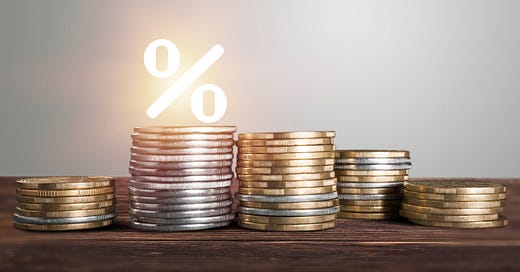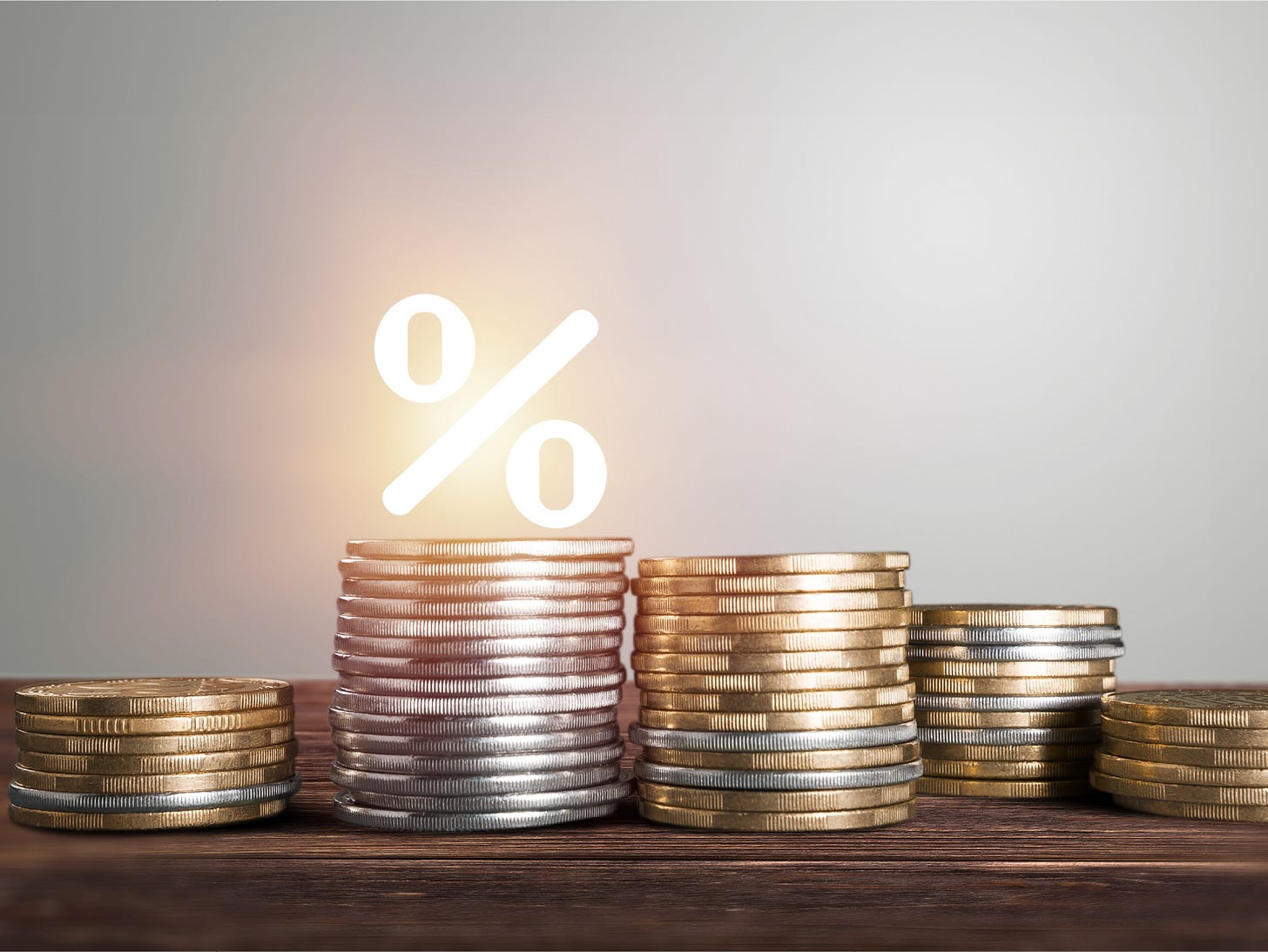How the Fed Influences Interest Rates Throughout The World
When the Fed attempts to manipulate the growth of the economy and control inflation, their primary tool is manipulating the interest rate. As the global superpower, the US influences interest rates domestically and internationally. The Fed raised interest rates substantially lately, but how do rates increase in practice?
When the Fed announces a rate increase, the specific interest rate they are influencing is the Federal Funds Rate. The Federal Funds Rate is the rate that commercial banks and other financial entities with reserve deposits at the Fed charge each other for borrowing these deposits overnight.
Target Ranges and the Market Price of Money
When the Fed announces they are raising the interest rate, they are actually raising a range that the actual interest rate floats within. The market price for loaning reserve deposits is called the Effective Federal Funds Rate (EFFR). For example, when they raised rates on Dec 15th, the target range was raised from 3.75% - 4% to 4.25% - 4.5%, and the EFFR was 4.33%.

The Market Interventions That Set The Rates
In order to keep the EFFR (the market rate) within the target range, the Fed creates a price floor using the Interest On Reserve Balances (IORB) rate and the the Overnight Reverse Repo Facility (ON RRP) and creates a price ceiling using the Standing Repo Facility. The IORB is the interest rate paid to depository institutions at the Fed for simply holding a balance in US dollars. When you are a commercial bank like Bank of America or the Royal Bank of Canada, you can earn 4.44% on your deposits per year by just holding your money at the Fed. Commercial banks have bank accounts too, except their bank is the Fed and their savings account pays way more interest.
Setting a Floor Price for Money
The IORB helps set a price floor for interest rates across all money markets because interest rates rely on the creditworthiness of the borrower. In order for a lender to make a profit off their loan, the borrower needs to repay the principal and interest. If a financial institution has the option to earn 4.44% yield by simply holding a balance at the Fed or own an Italian bond paying the same interest rate, the financial institution is going to choose the Fed. This is because the Fed and the US government are way more creditworthy than the Italian government. Internationally, the US government is the best borrower you can get.
Setting a Rate Floor Internationally
By offering the IORB rate to banks that are customers of the Fed, the price floor is maintained amongst financial institutions with deposits at the Fed, but how is the price floor maintained internationally as well? How does the Fed make sure that international lenders do not lend below a certain value? The Fed accomplishes this with the Overnight Reverse Repo Facility (ON RRP). This facility provides a 4.30% yield on Treasuries for financial institutions without access to the IORB.

The ON RRP was also created to prevent Fed member banks from arbitraging the difference between the IORB and a lower global interest rate. For instance, if the IORB was 4.44% but dollars could be borrowed from non Fed member banks for 3%, Fed member banks can borrow at 3% and then deposit at the Fed to earn the 4.44%.
Setting a Price Ceiling on Money
Now what happens if the market rate for the Effective Federal Funds Rate is heading towards the upper bounds of the target range? What puts downward pressure on price?
While the mechanisms producing price floors focused on providing better yield for lenders, the Standing Repo Facility creates a price ceiling by providing cheaper loans for borrowers. If interest rates are above 4.50%, the Standing Repo Facility can be used to borrow US dollars at a better rate.
Interest Rates Abroad: Credit Risk and Spreads
When the US changes the yield it offers to banks and other financial institutions, other borrowers need to offer to borrow at higher interest rates or else lenders are just going to lend to the US government by default. This means that the interest rates of foreign and corporate bonds rise in response.




